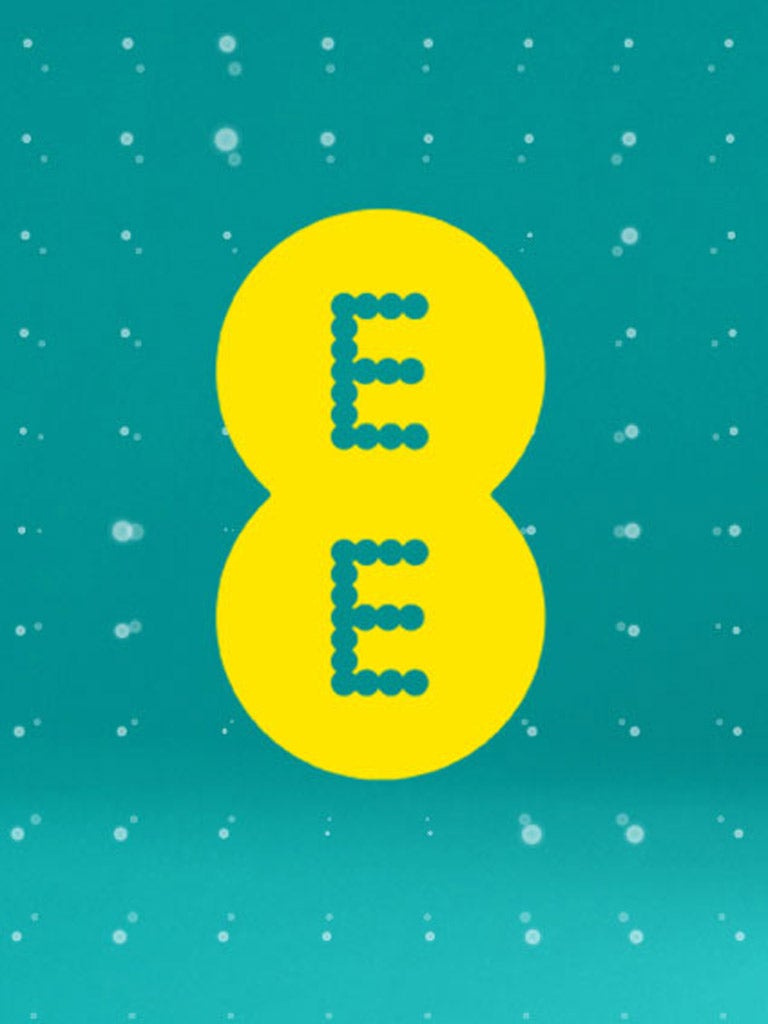Technology: Game-changer changes name
Everything Everywhere, the mobile network that's rolling out 4G, is rebranding itself. What's behind the switch from one odd title to another?

Yesterday, Britain's largest mobile phone network announced that it was rebranding itself. Everything Everywhere, which was formed from the merger of Orange and T-Mobile in July 2010, now purports to serve 27 million customers. But given that both the original brands have remained in place, even Everything Everywhere's own customers could be forgiven for being unaware of its existence. Now, however, Everything Everywhere is to become "EE". All of its Orange and T-Mobile retail locations will take the new brand name, which will also apply to the UK's first super-fast 4G mobile network, to be launched in 16 cities by Christmas.
Network rebranding is common, and often preceded by a merger or an acquisition. T-Mobile was One2One until 2002. O2 was once BT Cellnet. The names of the major networks have steadily decreased in length and complexity, finally arriving at simple letters and/or numerals: T-Mobile, EE, O2, 3. The new EE logo – two Es interlocking, Venn-diagram circles with a clubby colour scheme – resembles nothing so much as a pair of ecstasy pills. It is designed, said EE brand and comms chief Steven Day yesterday, to be "purposeful and playful". But what's in a name? Why pick two meaningless Es over the just-about-self-explanatory Everything Everywhere?
"'Everything Everywhere' was a very unusual choice," says Emma Peto, managing director of brand creation consultancy Nomen UK. "It's almost a strapline rather than a name, and all the mobile networks have been trying to put across those two words for some time without actually saying them. So it's quite bold for one of them to have just come out and said it. They've probably thought about how people will refer to the brand in future; they're aware it's long and unusual and they want to pre-empt people shortening it to 'EE' themselves."
Though people aren't as fashion-conscious about their networks as they are about their phones, Peto explains: "For a consumer-facing brand like a mobile phone network, the brand name has to be memorable, and you can't have something that's easy to ridicule. Mobile networks are very international and it's virtually impossible to find a name that will mean the right things to all its consumers." (BlackBerry's "Curve" handset, for example, closely resembles the word for "whore" in Czech, Slovak, Serbian, Croatian and Hungarian.)
Join our commenting forum
Join thought-provoking conversations, follow other Independent readers and see their replies
Comments
Bookmark popover
Removed from bookmarks